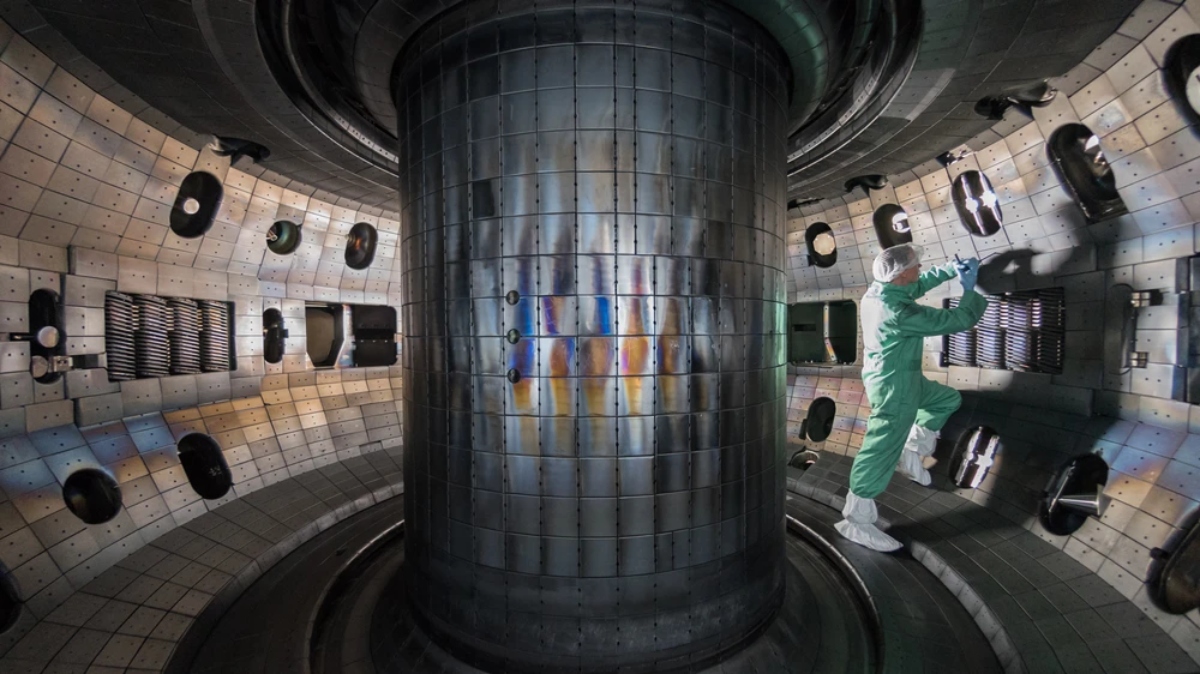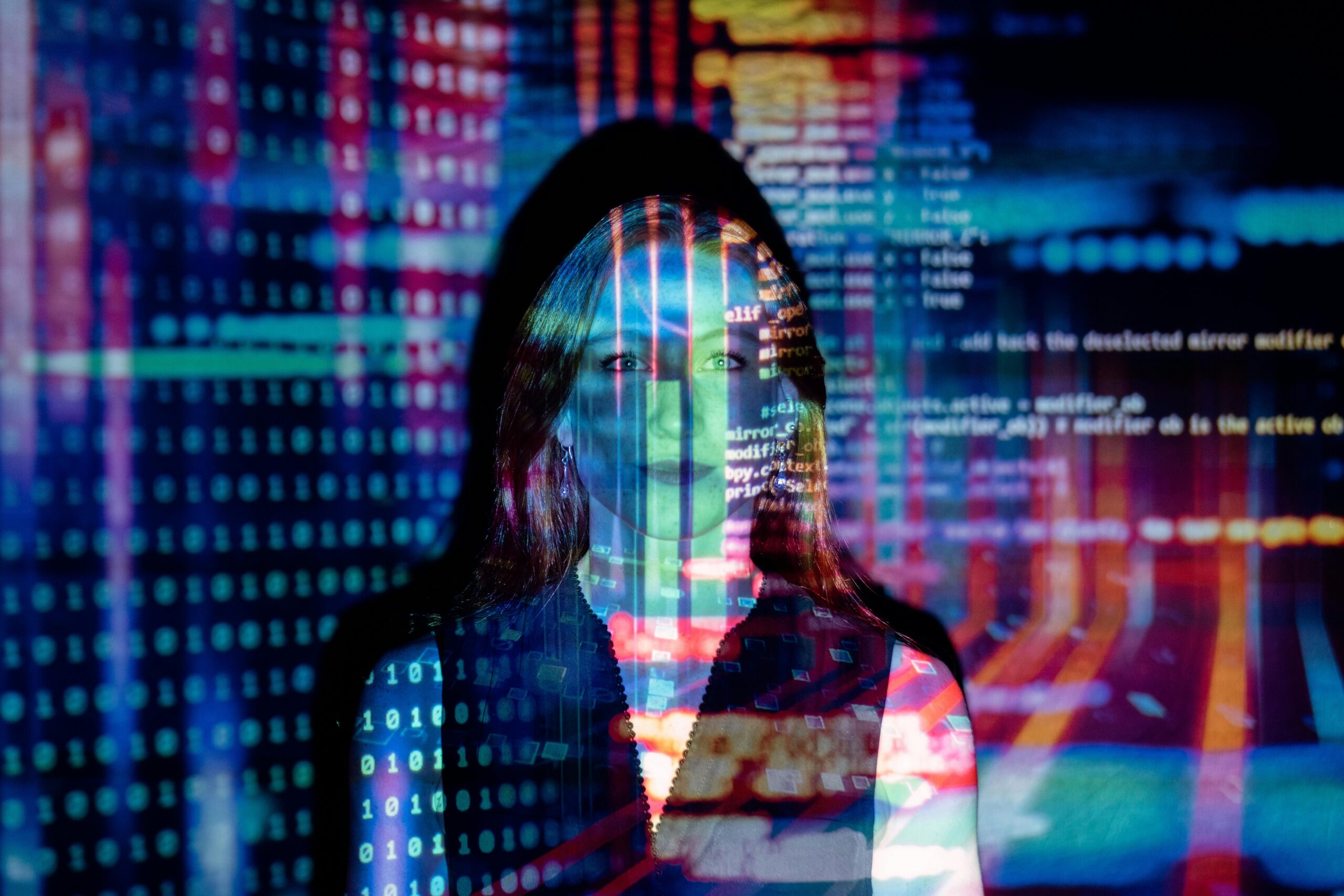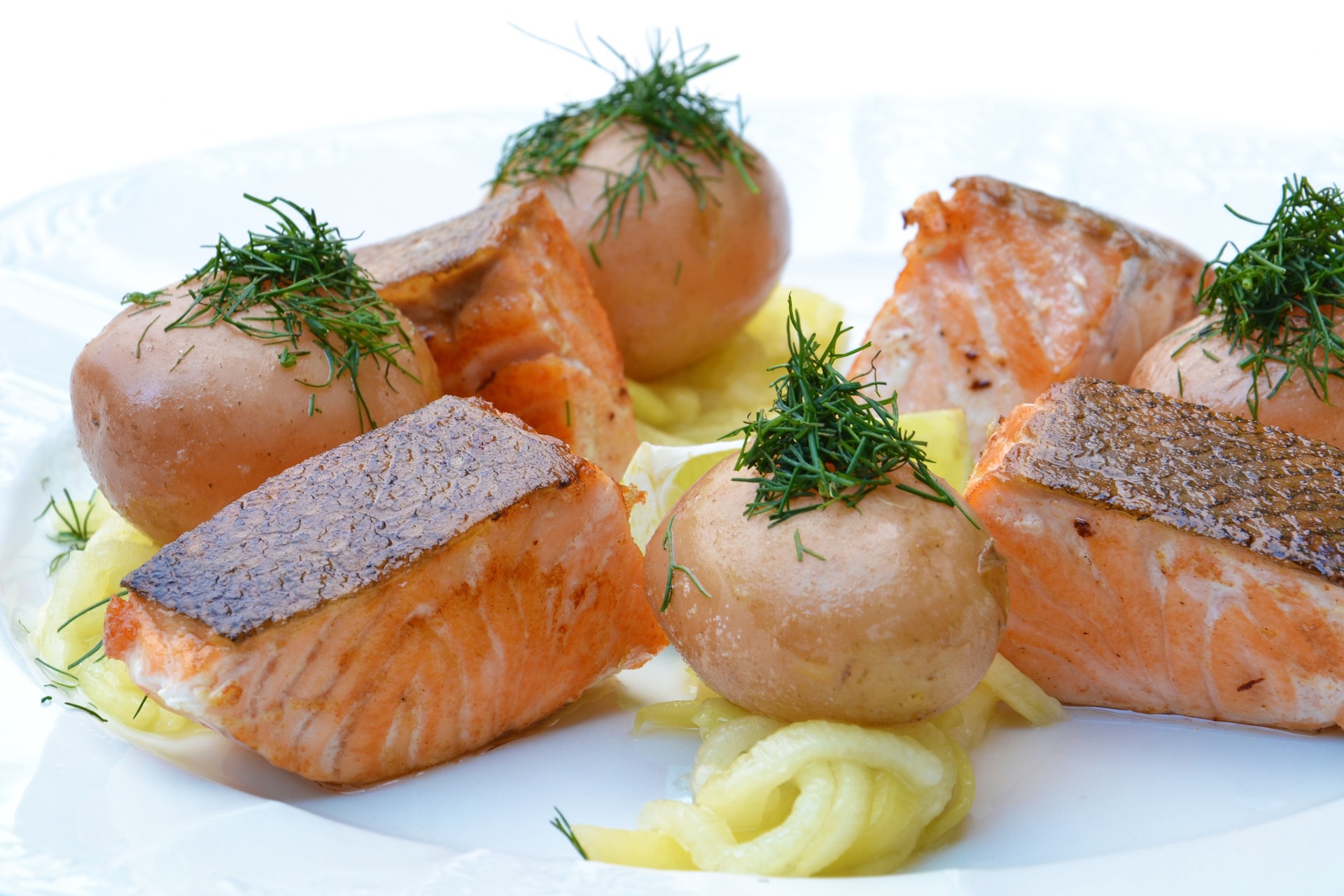Engineers at Columbia University have already been able to test the new 3D printed cheesecake, which was made with a total of seven ingredients. The appearance of the cake is almost the same as one that would be made in the traditional way, with the only difference being that you can admire the layers that form it one by one. In addition to that, the 3D printer added the cream as well as the jams that finalize the original recipe.
How is a 3D printed cheesecake made?
3D food printers are in charge of making this type of designs, which will probably be very relevant for the gastronomy of the future. These machines usually have the recipes preloaded prior to processing. Something that makes it easy for the robot to already know what it has to do. In the future, most of the population’s favorite dishes and desserts will probably be of this type, so there will only be a little more time to prove it.
Columbia University opted for a typical “cheesecake”, one of the most internationally loved desserts. In the machine food syringes they added a cookie dough to form the original base structure of the dessert. Also a banana puree to add sweetness and a creamy texture. And other elements such as cherry juice or strawberry jam. Before creating the final prototype, they (whose authorship is the photograph we show you) made up to 7 different tests. All for the purpose of creating a new printed cheesecake that resembles the real thing, made by human hands.
Will you like this type of desserts in the future?
In the future, it is likely that these types of printed machines will be used to produce much healthier recipes. Christen Cooper commented that these machines will continue to “produce processed foods” with the difference that, perhaps, some people who cannot eat sweets will be able to introduce them into their diet. According to Cooper, “personalized nutrition” will be possible within a few years and will allow better dietary control without giving up the pleasure of eating what a person likes.
Andrew Feenberg, a professor at Simon Fraser University in Vancouver, said the printers will probably be used in restaurants and cafeterias in the future. There, they would load the software during off-peak hours. Something that might not be to everyone’s liking, as it becomes a fully automated process.
A perfect mathematical work
Before arriving at the final cake, as we mentioned earlier, Columbia University had to work hard to polish the final result. The fault was found in the printer model, which was unable to complete its work with the food powders, creating sticky, non-uniform layers that collapsed. Although many people don’t believe it, the shapes of the 3D food hide in themselves a great mathematical calculation, which causes them to remain stable and dense in shape. Therefore, the layers must be completely equal to each other for the final result to be a success. What do you think about printed cheesecake? Would you eat it?




